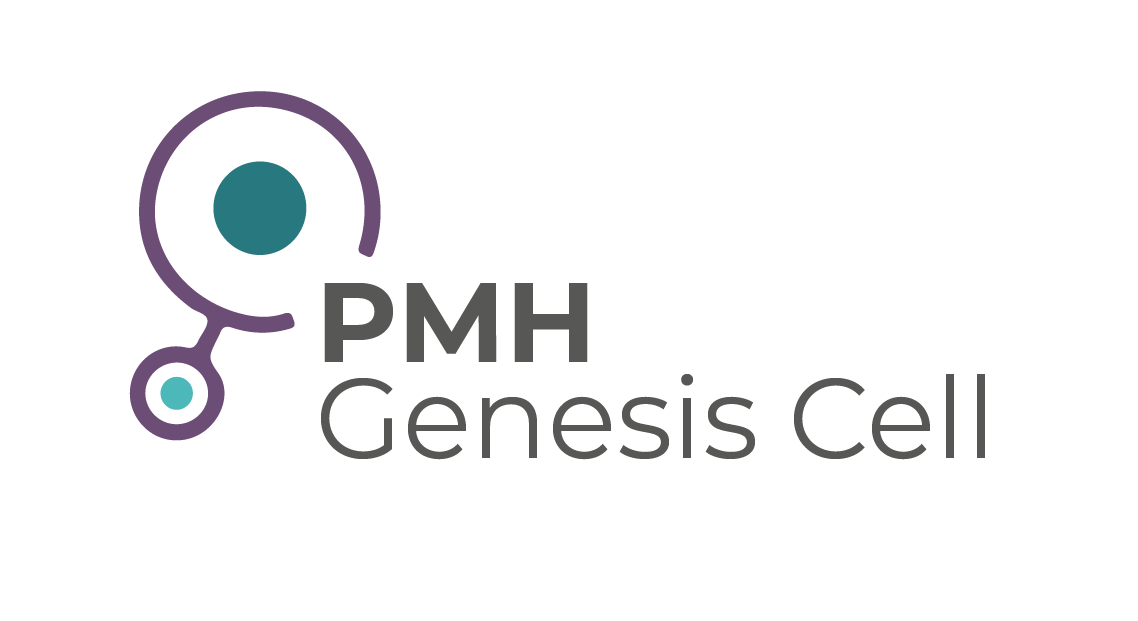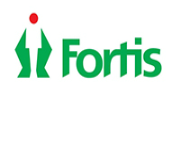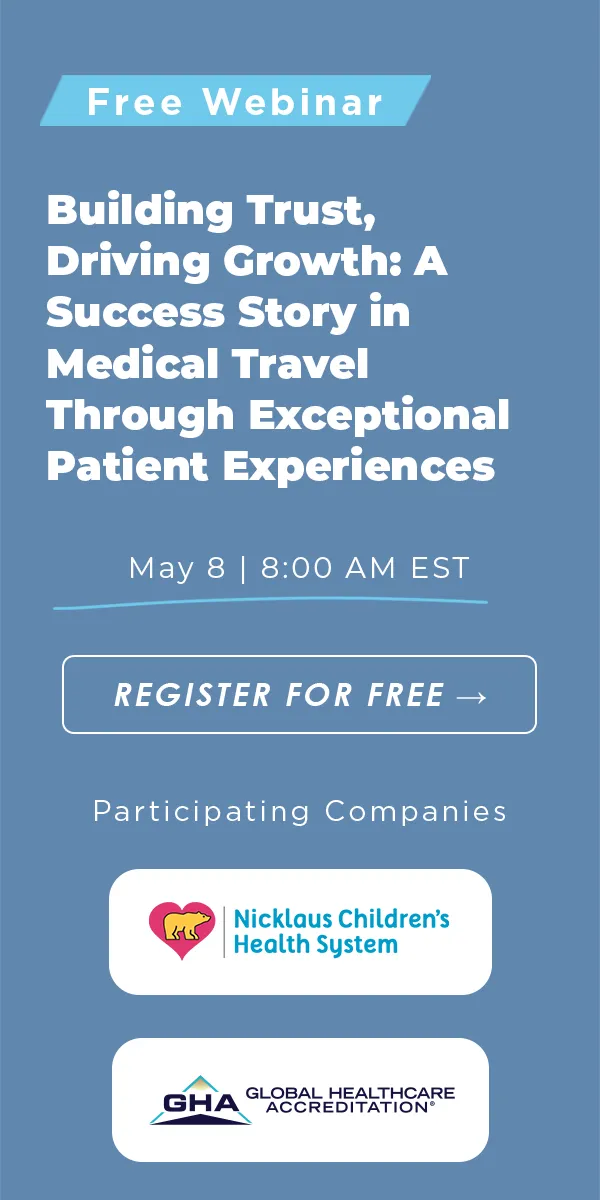In Vitro Fertilization (IVF)
Steps Involved in IVF:
Procedure Description
In Vitro Fertilization (IVF) is a medical procedure that assists couples or individuals in achieving pregnancy when natural conception proves challenging. The process involves several steps, including ovulation induction, egg retrieval, sperm collection, fertilization in a lab setting, and finally, embryo transfer into the uterus. IVF can be useful for various fertility issues, including blocked or damaged fallopian tubes, male factor infertility, age-related fertility problems, and unexplained infertility.
The decision to opt for IVF is usually a consequential one, both emotionally and financially. The procedure often comes as a last resort after exploring other less invasive fertility treatments such as hormone therapy and intrauterine insemination (IUI). The purpose of IVF is to increase the chances of pregnancy by controlling as many variables as possible in the conception process. It provides an option for people who might otherwise have difficulty conceiving, including same-sex couples or individuals using surrogates.
IVF can also be utilized for genetic testing of embryos for inherited disorders, although this usually requires an additional set of procedures and ethical considerations. Generally speaking, if you've been trying to conceive for a year or more without success or have specific medical conditions affecting your fertility, IVF could be an avenue worth exploring.
Procedure Duration
The IVF process typically occurs over a span of four to six weeks per cycle, from the first day of medications to the pregnancy test. During the first two weeks, the woman generally takes hormonal medications to stimulate the ovaries to produce multiple eggs instead of just one. This is followed by close monitoring through ultrasounds and blood tests to determine the best time for egg retrieval, which usually happens around the two-week mark.
After the eggs are collected, they are fertilized in a lab, and the embryos are monitored for three to five days before one or more are transferred back into the uterus. It takes another two weeks to confirm the success of the procedure through a pregnancy test. Recovery time is usually minimal post-procedure, although the emotional and physical toll can be significant, making it crucial to account for recovery when considering travel plans.
While the individual steps may sound quick, the overall timeline can extend if additional cycles are needed, or if pre-treatment evaluations or tests are required. It's advisable to set aside at least 6-8 weeks for the entire process when considering traveling abroad for IVF.
Benefits
- Cost Savings: Many countries offer IVF treatments at a fraction of the cost found in more developed nations.
- Expertise: Some overseas medical centers specialize in fertility treatments, boasting higher success rates.
- Advanced Technology: Certain destinations have access to cutting-edge IVF technology and techniques.
- Shorter Wait Times: In many cases, scheduling flexibility can be greater than what's available domestically.
- Vacation Opportunity: Traveling for IVF allows couples to make a vacation out of the journey, reducing stress during a usually tense time.
Potential Destinations
- Spain: Known for high success rates and excellent medical facilities.
- India: Offers cost-effective IVF treatments with modern technology.
- Israel: Pioneers in IVF research and high success rates.
- Thailand: Renowned for top-quality healthcare and affordable pricing.
Risks & Considerations
- Travel Logistics: Account for the necessary number of visits and stays, which can be challenging when combining travel with medical procedures.
- Legal Aspects: Ensure understanding of local laws related to IVF, surrogacy, and parentage.
- Quality Assurance: Accreditation of the facility and qualifications of the medical professionals.
How to Choose the Right Doctor and Hospital
- Research and Reviews: Look for detailed patient reviews and success rates.
- Accreditation: Choose a hospital with international healthcare accreditation.
- Consultation: Engage in a thorough consultation to discuss treatment plans, potential risks, and success rates.
- Language Barrier: Ensure that communication won’t be an issue during your treatment.
To receive a free quote for this procedure please click on the link: https://www.medicaltourism.com/get-a-quote
Patients are advised to seek hospitals that are accredited by Global Healthcare and only work with medical tourism facilitators who are certified by Global Healthcare Accreditation or who have undergone certification from the Certified Medical Travel Professionals (CMTP). This ensures that the highest standards in the industry are met. GHA accredits the top hospitals in the world. These are the best hospitals in the world for quality and providing the best patient experience. Click the link to check out hospitals accredited by the Global Healthcare Accreditation: https://www.globalhealthcareaccreditation.com
Frequently Asked Questions
What actually happens during hyperstimulation of the ovaries?
The patient will take injectable FSH (follicle stimulating hormone) for eight to eleven days, depending on how long the follicles take to mature. This hormone is produced naturally in a woman’s body causing one egg to develop per cycle. Taking the injectable FSH causes several follicles to develop at once, at approximately the same rate. The development is monitored with vaginal ultrasounds and following the patient’s levels of estradiol and progesterone. FSH brand names include Repronex, Follistim, Menopur, Gonal-F and Bravelle. The patient injects herself daily.
What happens during egg retrieval?
When the follicles have developed enough to be harvested, the patient attends an appointment where she is anesthetized and prepared for the procedure. Next, the doctor uses an ultrasound probe to guide a needle through the vaginal wall and into the follicle of the ovary. The thin needle draws the follicle fluid, which is then examined by an embryologist to find the eggs. The whole process takes about 20 minutes.
What happens to the eggs?
In the next step, the harvested eggs are then fertilized. If the sperm from the potential father, or in some cases, anonymous donor, has normal functionality, the eggs and sperm are placed together in a dish with a nutrient fluid, then incubated overnight to fertilize normally. If the sperm functionality is suboptimal, an embryologist uses Intracytoplasmic Sperm Injection to inject a single sperm into a single egg with an extremely precise glass needle. Once fertilization is complete, the embryos are assessed and prepared to be transferred to the patient’s uterus.
How are the embryos transferred back to the uterus?
The doctor and the patient will discuss the number of embryos to be transferred. The number of successfully fertilized eggs usually determines the number of eggs to be placed in the uterus. Embryos are transferred to the uterus with transabdominal ultrasound guidance. This process does not require anesthesia, but it can cause minor cervical or uterine discomfort. Following transfer, the patient is advised to take at least one days bed rest and two or three additional days of rest, then 10 to 12 days later, two pregnancy tests are scheduled to confirm success. Once two positive tests are completed, an obstetrical ultrasound is ordered to show the sac, fetal pole, yolk sac and fetal heart rate.
Embryoscope©
Built into this technology there is a microscope with a powerful camera that allows the uninterrupted monitoring of the embryo during its first hours of life. In this way, we can keep a close eye on the embryo, from the moment when the oocyte is inseminated and begins to divide into smaller and smaller cells, until it can be transferred to the uterus.
Orthopedics Stem Cell
Knee
Research on mesenchymal stem cells regenerative properties in knee osteoarthritis. In these studies, researchers suggest that Stem Cell Therapy has the potential to regenerate lost cartilage, stop and reverse cartilage degeneration, provide pain relief, and improve patient mobility.
Shoulder
Stem Cell Therapy as an Alternative to Rotator Cuff & Shoulder Replacement Surgery. Stem cell therapy may offer an excellent alternative for patients looking to avoid shoulder joint replacement surgery, as well as many other surgical treatments for shoulder pain.
Ankle
If you suffer from chronic or acute ankle pain or instability due to arthritis, cartilage loss, ligament strain or tear, or tendon damage, then you may benefit from non-surgical stem cell treatments or stem cell-enhanced surgery.
Back Pain
Patients now have a minimally invasive option. Stem cell therapy for back pain and disc herniations can potentially repair the damaged disc or facet joint, restore function, rehydrate the disc, and ultimately alleviate chronic pain.
Anti-Aging Stem Cell
Hair Loss
Stem cell therapy and PRP therapy have been shown to be most effective for: Those in the early stages of hair loss, patients who are not viable candidates for surgery and women who prefer to avoid hair surgery.
Facial Anti-Aging
Aesthetic Anti-Aging. The Aesthetic Stem Cell Localized Treatment is a non-surgical minimally invasive procedure to enhance the appearance of aging skin and hair restoration. This all-natural technique combines dermal injections of bone marrow or adipose tissue derived stem cells and growth factors.
Fertility Stem Cell
Endometrial PRP
The stem cells used for treatment of a thin endometrium include mesenchymal stem cells. In addition, successful repair of the endometrium in pregnancy with stem cells has been reported previously.
Low Ovarian Reserve (PRP)
The treatment uses PRP (Platelet-Rich-Plasma), which with stem cell therapy is the novel therapeutic approach for restoring the quality of the ovarian reserve.Your PRP will contain a physiologic balance of platelets, growth factors and white blood cells tailored specifically for you.

Punta Mita Hospital
Mexico


Punta Mita Hospital - Genesis Cell
Mexico




















